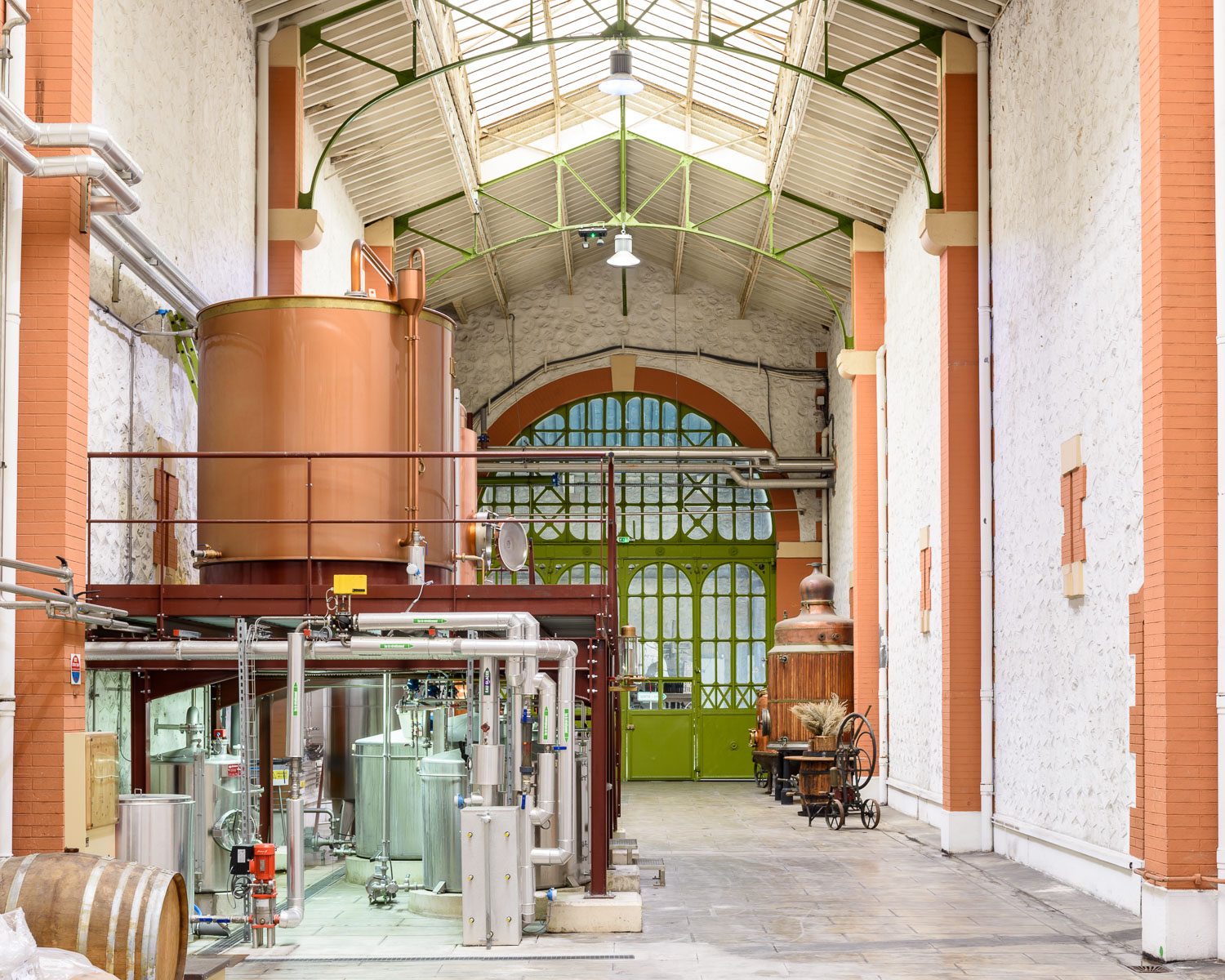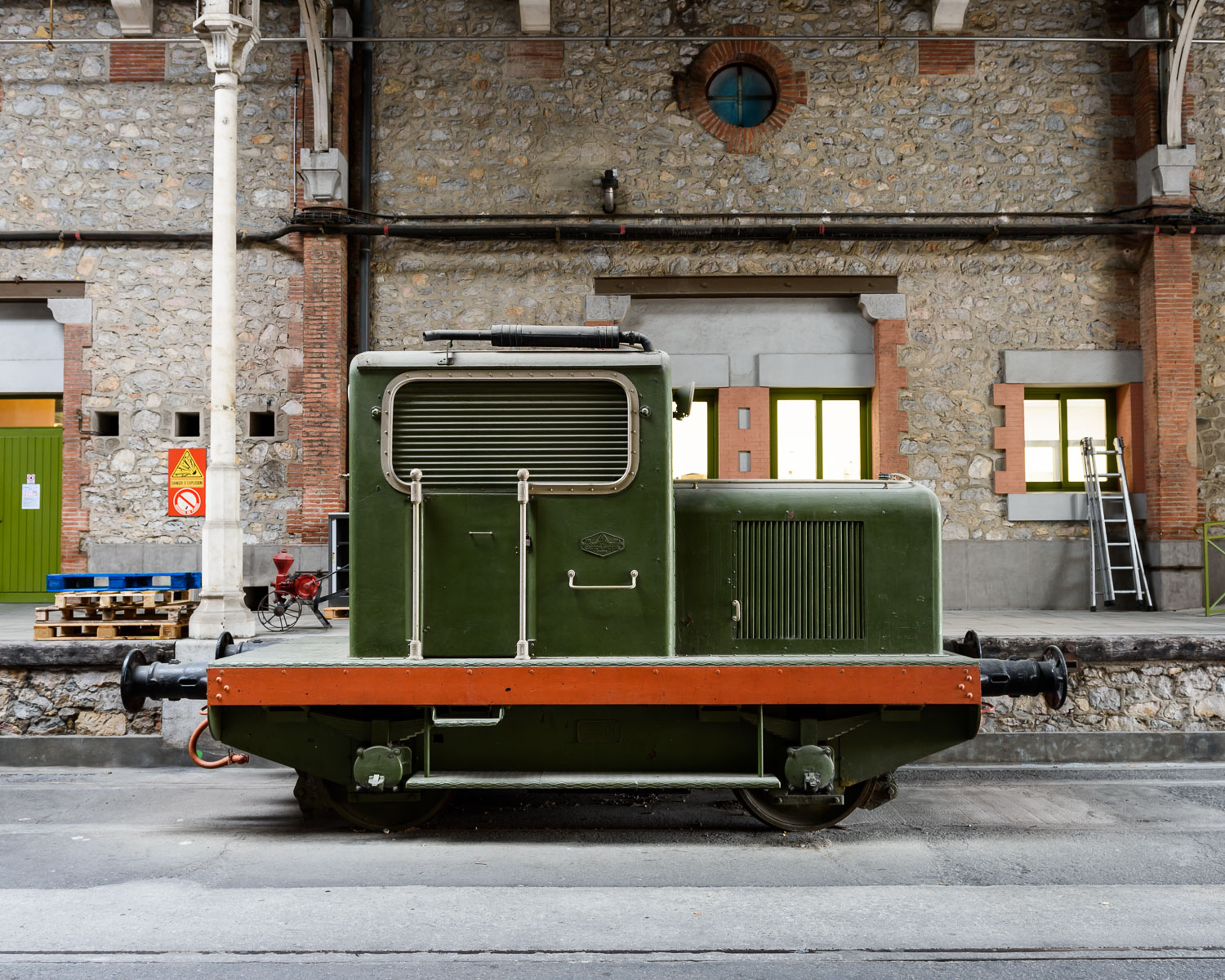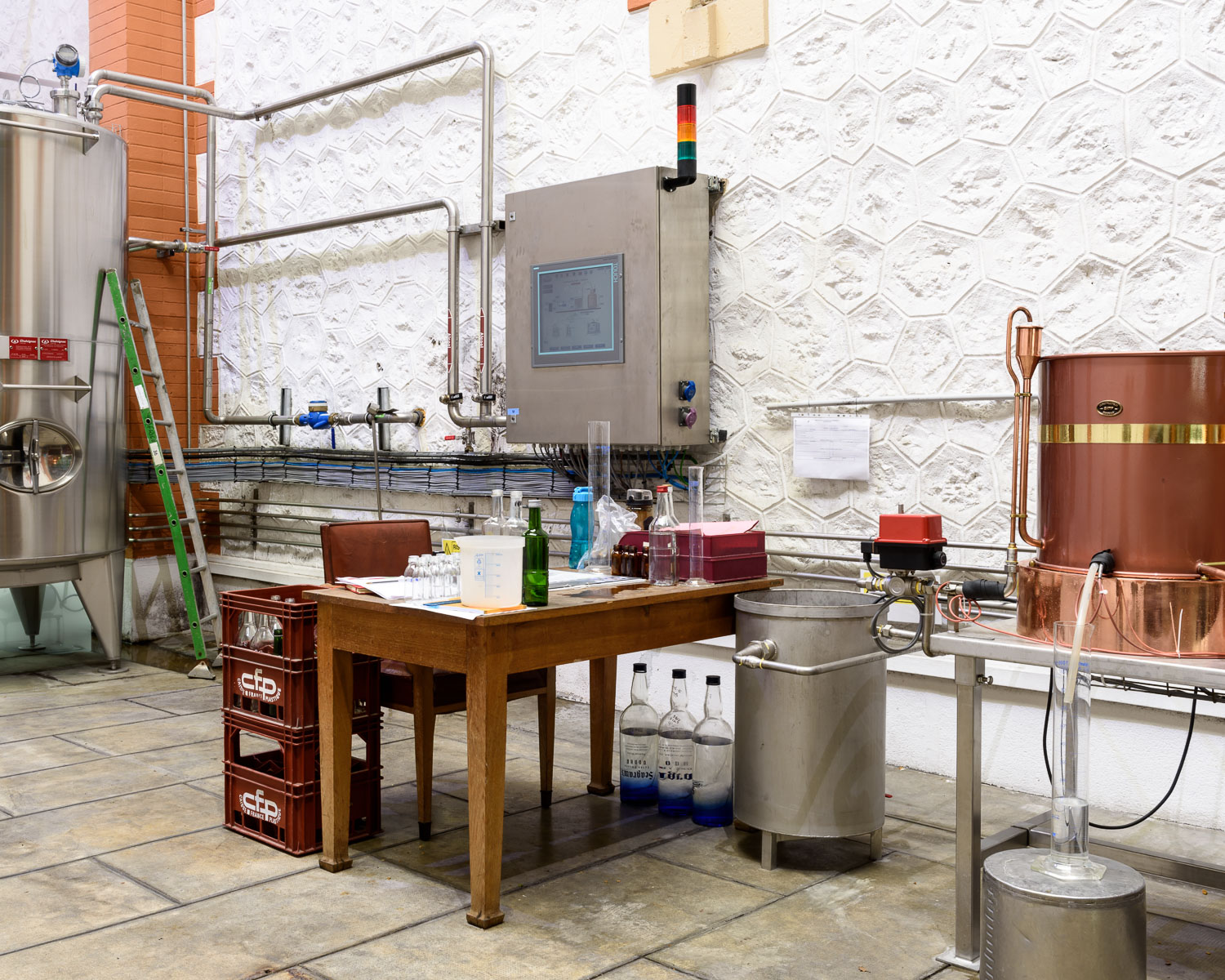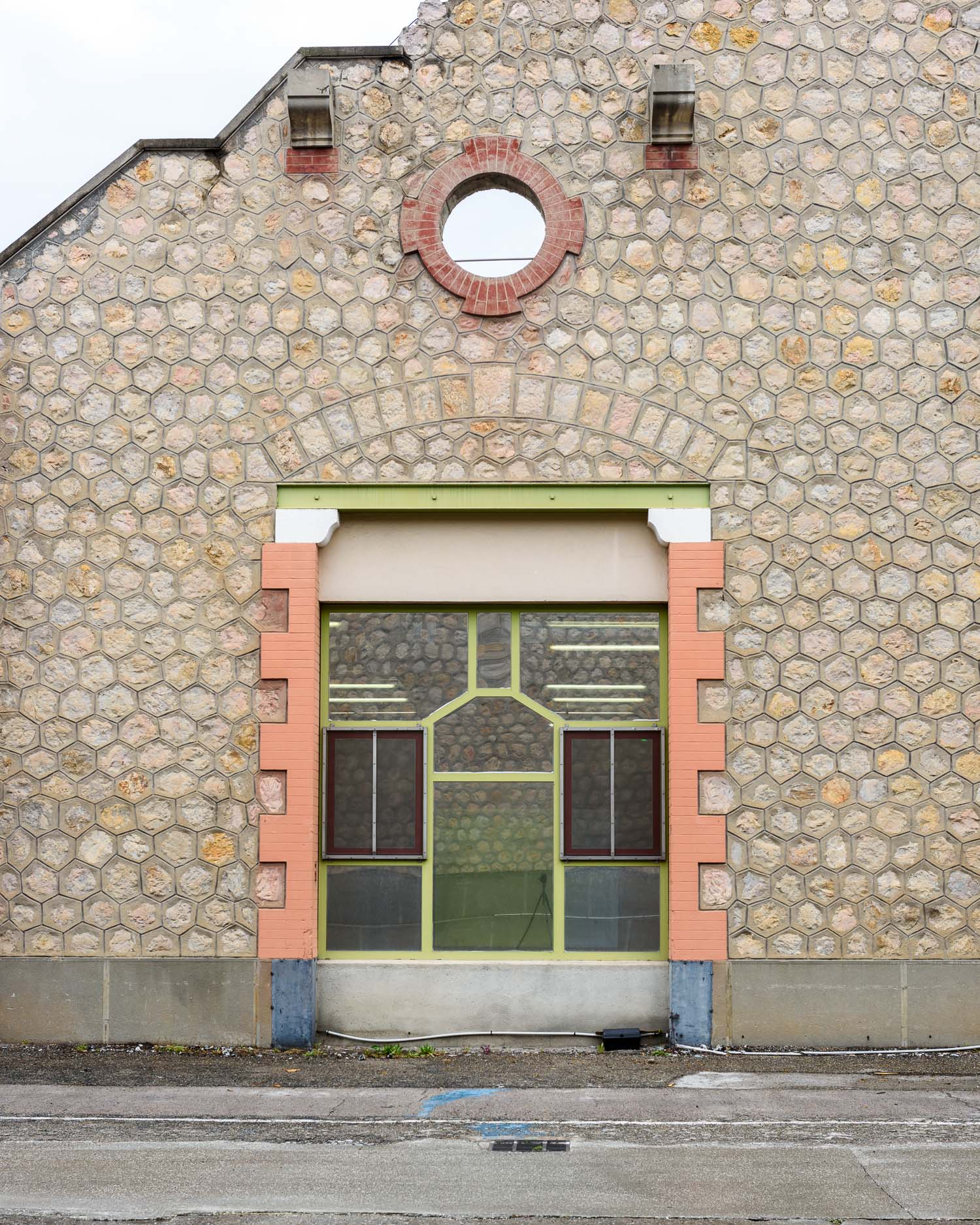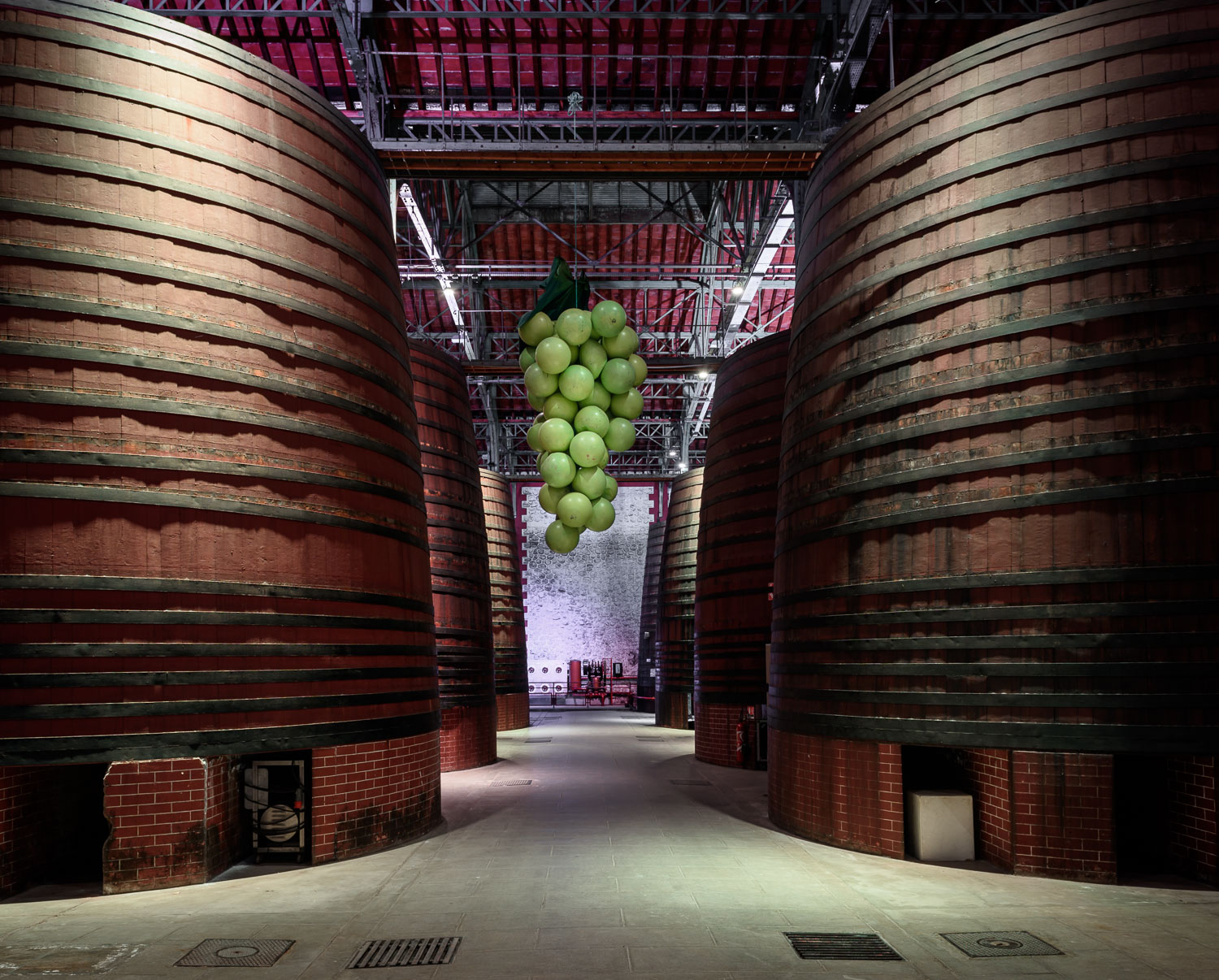I've got news for you: the Pernod you grew up with is not the real Pernod. The real Pernod is absinthe, the first absinthe, and it was banned throughout most of the world in 1915. You have probably heard a lot of stories about absinthe making people crazy, stories that were put about at that time but those that wanted to get it banned for mostly political reasons. The truth is that grand wormwood, the one of the main ingredients of Absinthe and the herb said to be responsible for it's toxic effects, has never been proven to show adverse effects at usual doses nor toxicity at excessive doses; Van Gogh was much more likely to have cut his ear off due to the 68% alcohol content than the wormwood in his absinthe; and thus absinthe was re-legalised in most of the world by 2011.
Absinthe was banned for a number of reasons. In 1910, the people of France were drinking 36 million litres of absinthe, threatening the wine industry on which one person in six relied for their livelihood, and a lot of that absinthe was very low quality, often with the addition of genuinely toxic ingredients to make it emulate quality brands like Pernod. These factors, combined with a growing temperance movement around the world, led to the banning of absinthe and the creation of the Pernod drink we know today, a liqueur d'anis with a much lower ABV, the addition of sugar, and the subtraction of wormwood. Pastis was also invented as a reaction to the outlawing of absinthe, and became the new national drink of France (and the reason for a lot of fun nights for myself).
In 2001 Pernod began making absinthe again, as closely as possible to the original 1805 recipe and with the original name of Pernod-Fils, in the town of Thuir in the French pyrenees. The production facility dates from 1892 and was established by the Byrrh brand (pronounced a bit like "beer" with a French accent), which used to be one of the most popular aromatic aperitif wines in the world. Partly designed by Gustav Eiffel (him with the tower), the cellars contain the largest oak vat in the world which took 15 years to construct, measuring 12 metres wide at the base, and 10 meters high, with a capacity of over 1 million litres. In 1935 Byrhh was selling around 35 million litres per year, but by the 50's aperitif wines had fallen out of fashion and today the brand is only just alive, although it is enjoying a revival in cocktail circles. Indeed, the whole site is like a nursing home for some of the grand old dames of the French aperitif world - Suze, Ambassadeur and Dubonnet (Queen Elizabeth II's favourite pre-lunch cocktail, mixed with gin) are all produced here.
I have personally been keeping the tradition of the aperitif alive, and Byrrh, Pernod-Fils and Suze were some of my favourites before visiting Thuir, so this trip was something of a pilgrimage for me.
Shot in collaboration with ReD Associates.


